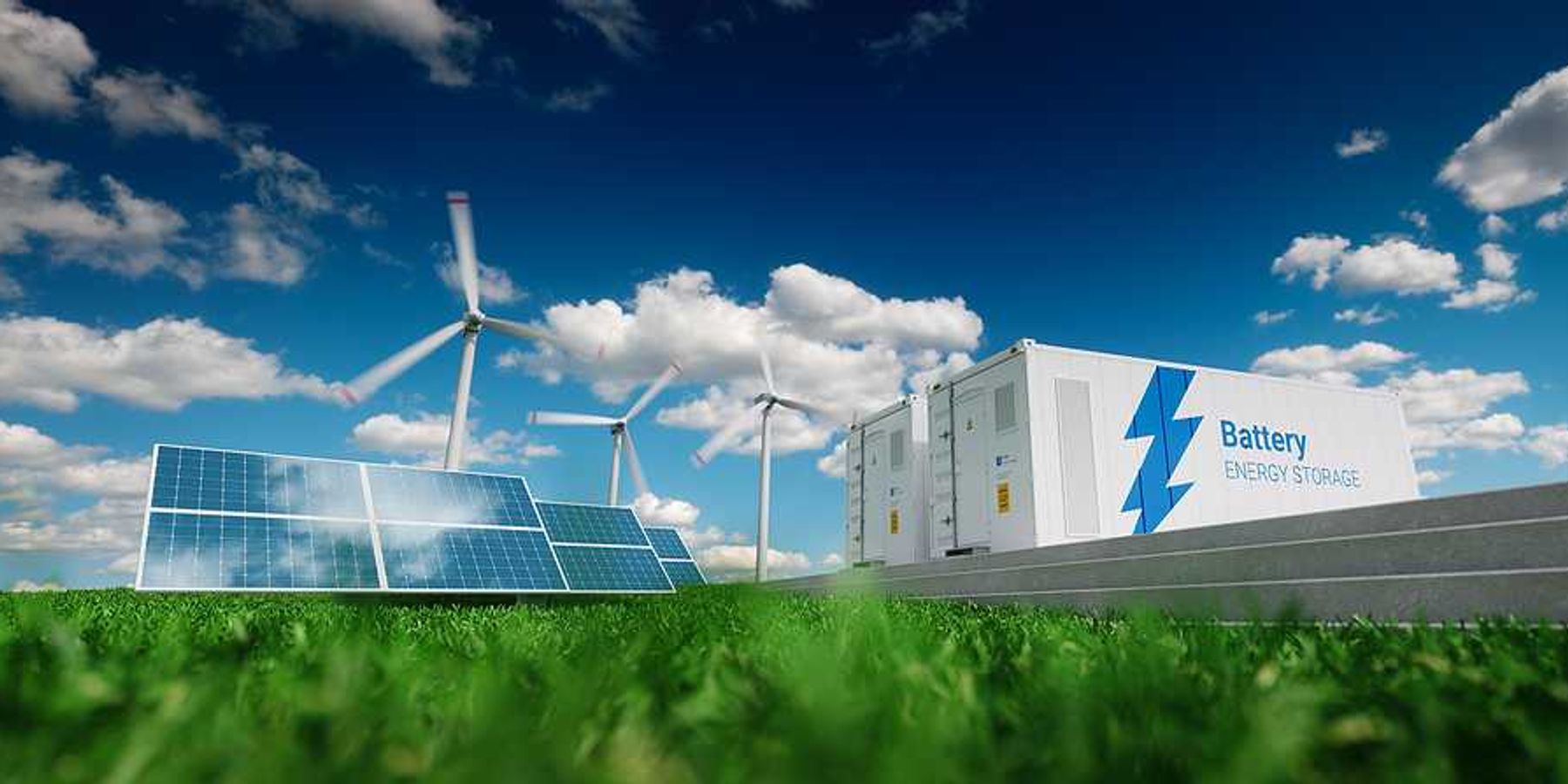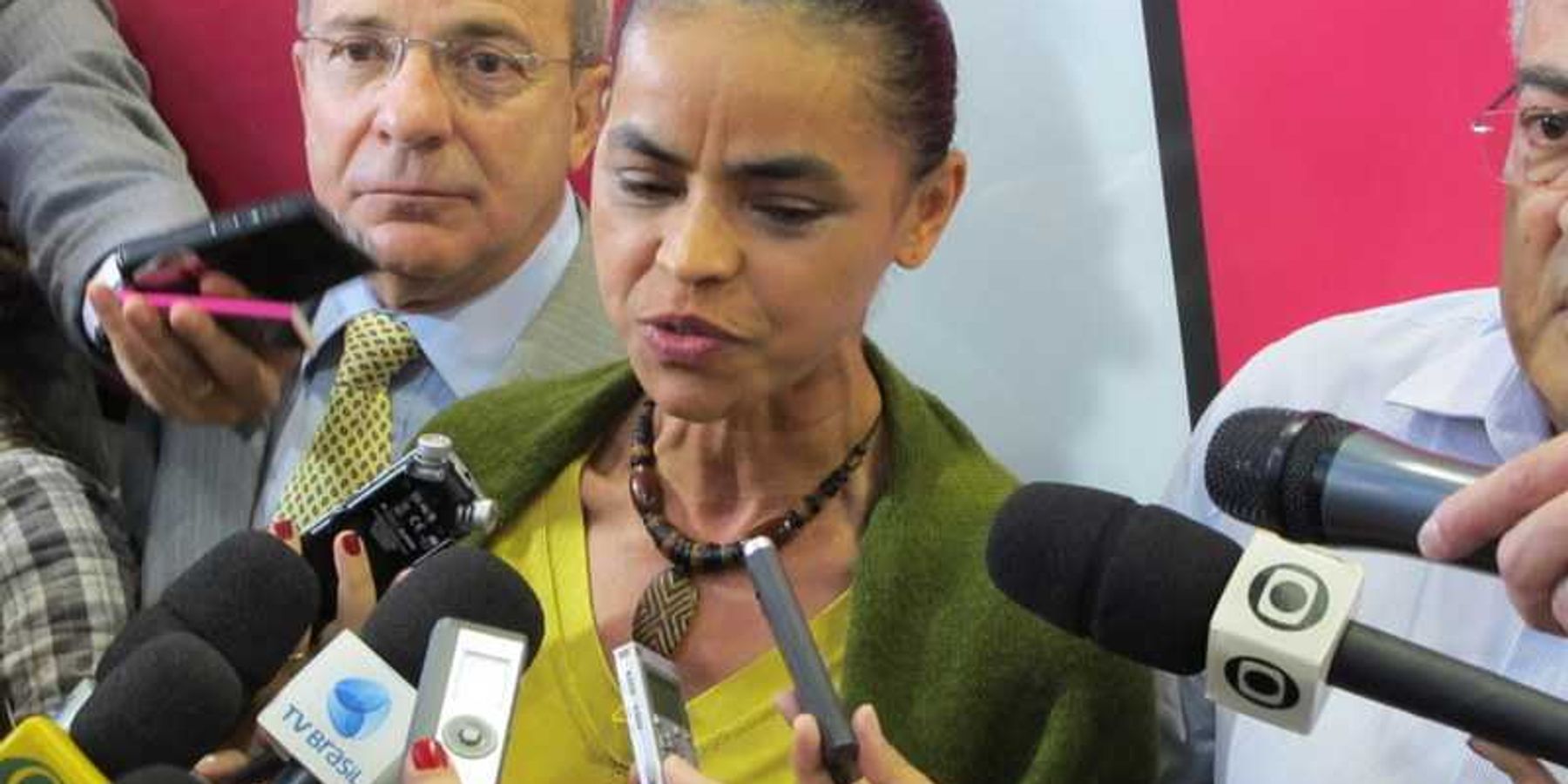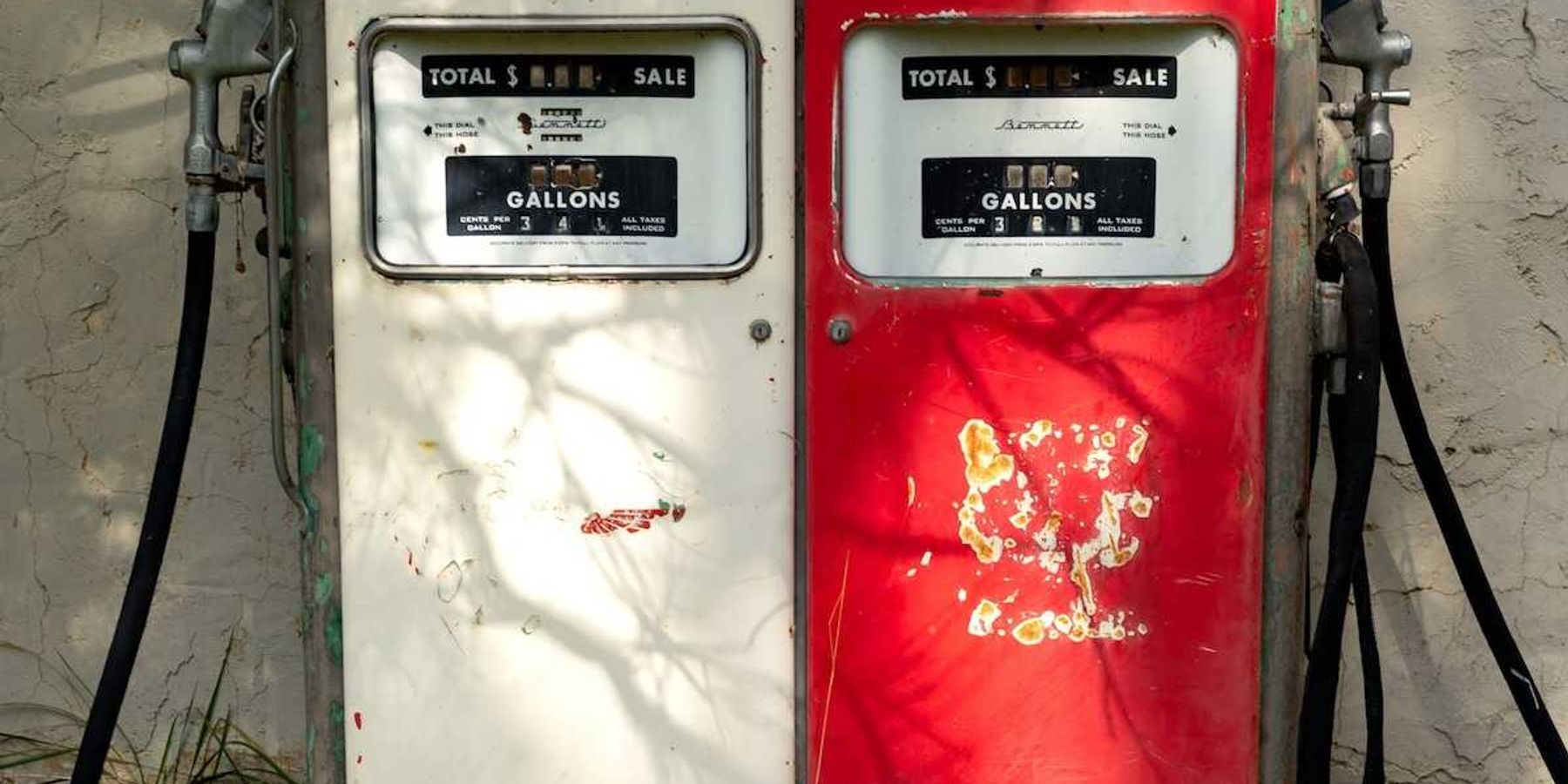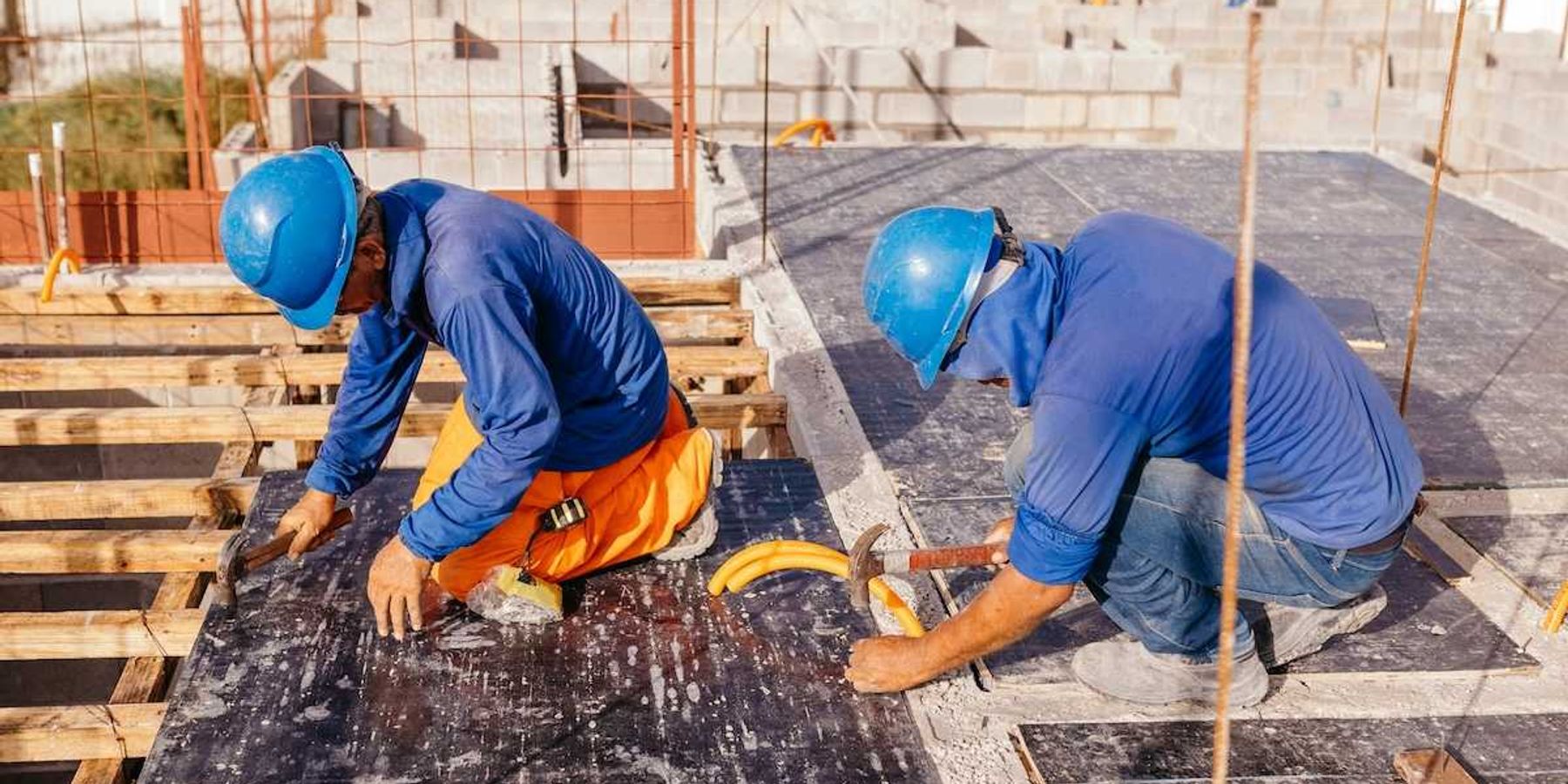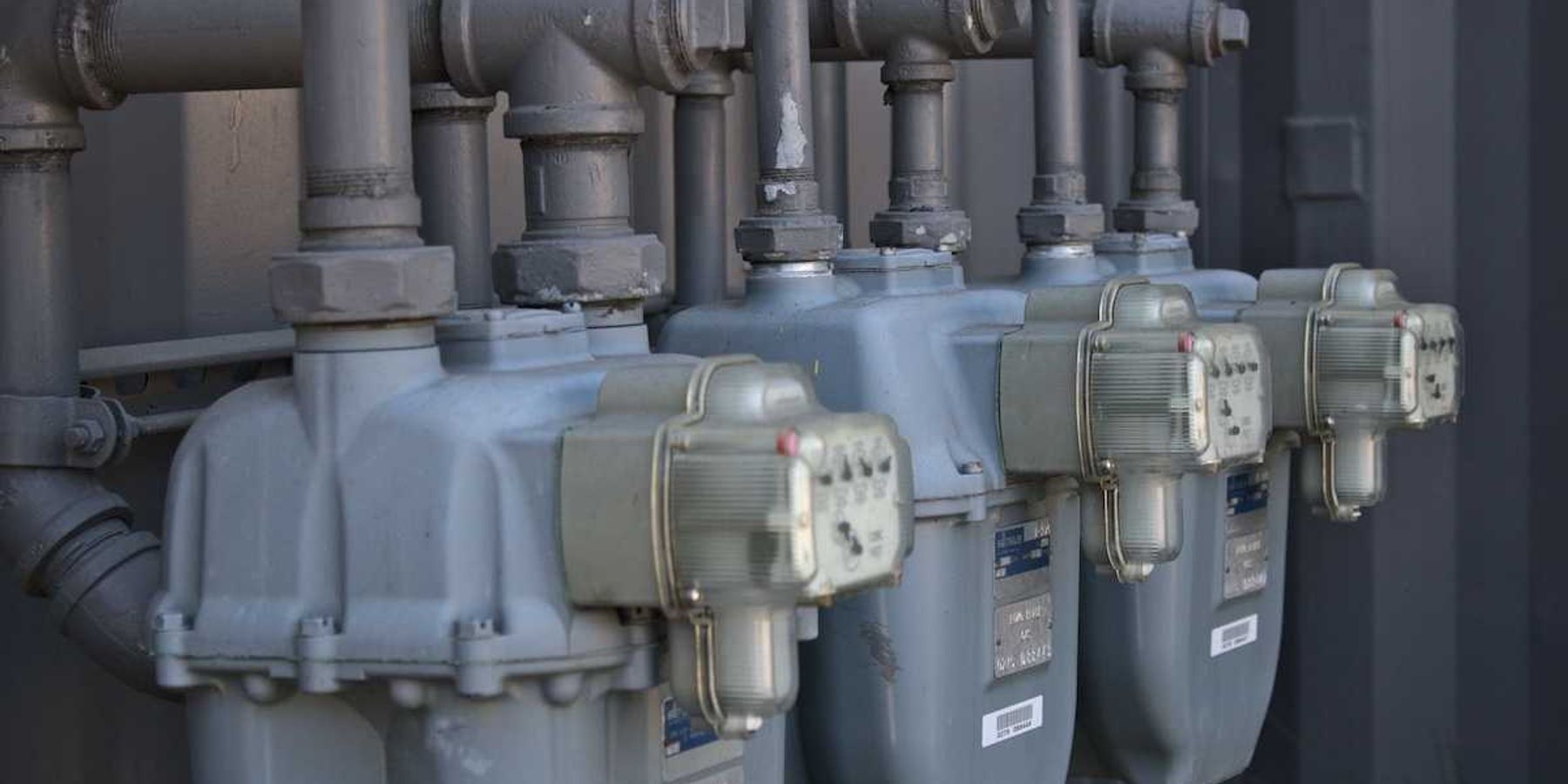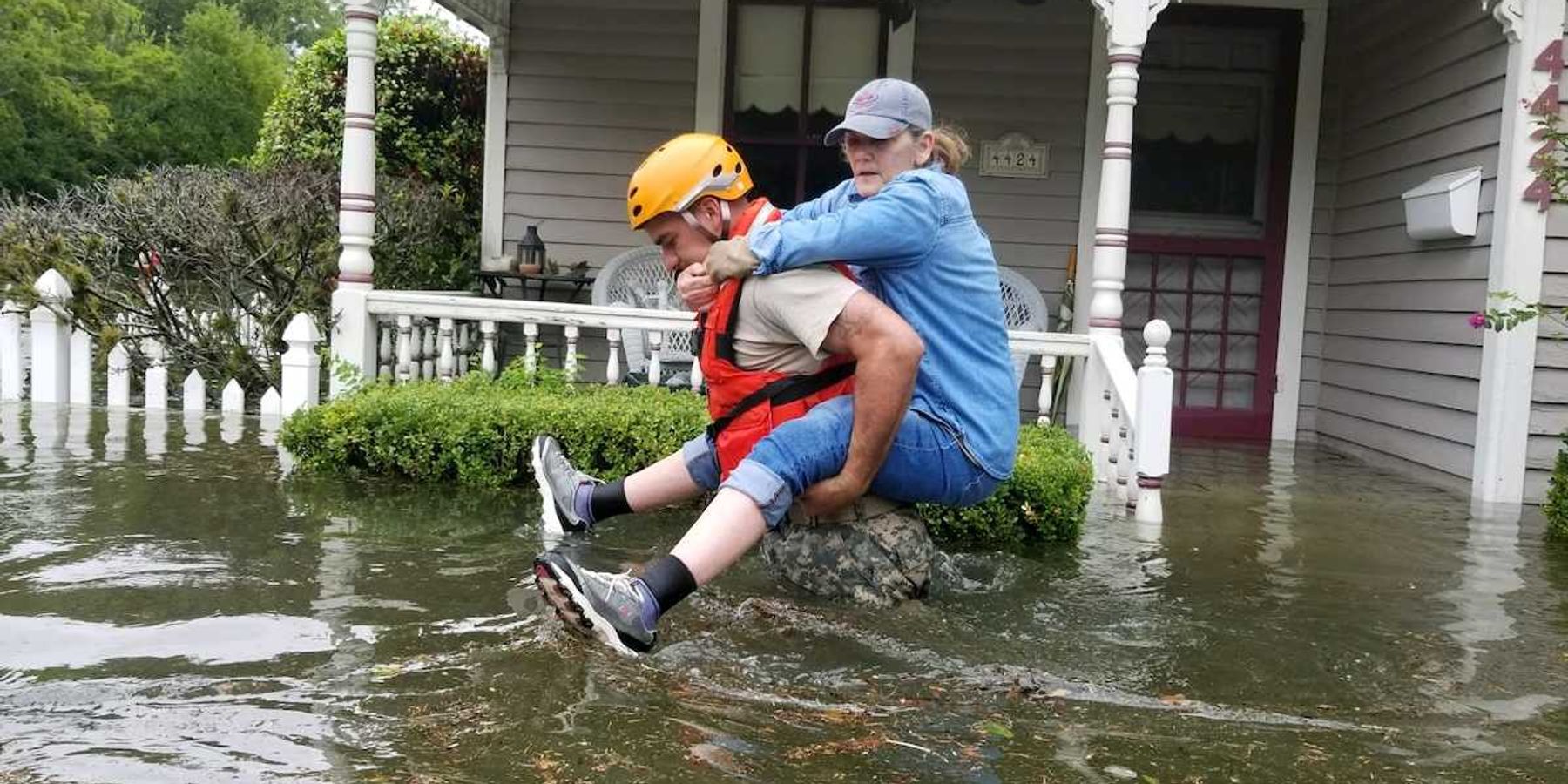Geothermal energy is revolutionizing school heating systems and cutting costs
Geothermal systems are heating and cooling K–12 schools across the U.S., saving cash-strapped districts money — just as the tax credits making it possible could be repealed.
Anna Phillips reports for The Washington Post.
In short:
- Schools from Maine to Missouri are swapping fossil fuel heating for geothermal systems that use the Earth’s steady underground temperature to heat and cool buildings, saving up to hundreds of thousands of dollars annually.
- These projects are booming thanks to clean energy tax credits passed in 2022, which lowered the steep up-front costs and made geothermal a more accessible investment for public school districts.
- Some districts now worry they’ll lose access to these credits if they’re repealed by Congress, threatening both ongoing construction and broader momentum toward cleaner, cheaper energy in schools.
Key quote:
“Whatever your politics are doesn’t really matter, this is a great way to lower your expenses and keep teachers employed.”
— Sage Acorn, account executive at Veregy, an energy efficiency consultancy
Why this matters:
Across the U.S., public schools are tapping into geothermal energy, harnessing the Earth’s steady underground temperature to heat and cool classrooms. Affordable geothermal tech helps schools cut greenhouse gas emissions while improving classroom comfort and freeing up money for teacher salaries and building upgrades. If Congress rolls back clean energy tax credits, schools may be forced to stick with outdated, more polluting systems — hurting both student health and the climate. Nonetheless, these projects will continue to serve as models for other districts looking to cut costs and achieve a more modern, sustainable way of heating and cooling schools.
Related:

